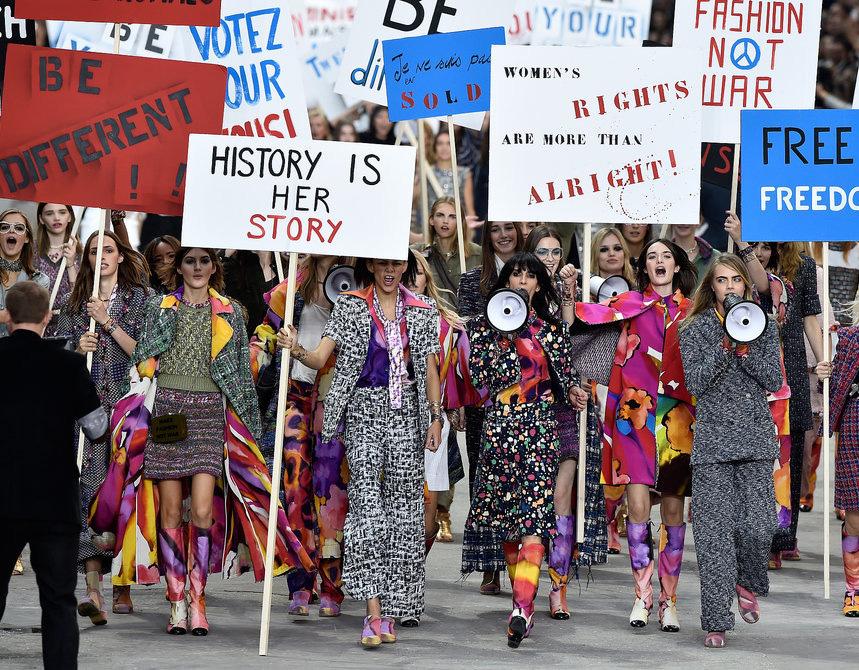THE POWER OF THE ARCHIVE: (RE) TELLING HISTORICAL NARRATIVES BY ELENA JOHANSEN In 2017, prominent fashion critic, Alexander Fury, explored the significance of the corporate fashion archive in an article titled, “In Fashion, the Beauty (and Challenge) of Looking Back.” For Fury, a fashion archive’s contents are not merely “relics, but rather [a] foundation for future creations… [a] petri dish for designs of the future.” [1] This article is part of a recent growing interest in fashion archives that have led many brands, like Vans, to start investing in archives for the first time and others, like Gucci, to start utilizing their archives in new ways, morphing museum with the retail environment into a sort of full “Gucci experience.” But this new interest raises important questions: what is the corporate fashion archive’s role in recording and retelling history? And beyond that, how accessible and visible should a corporate collection (that is inevitably shaped by systemic biases such as racism, classism, sexism, and sizeism be?) I argue, do brands have a moral responsibility to share their full history and make archives accessible to the public? To researchers? Both? At a basic level, the corporate fashion archive is a space for a brand to preserve its story, identify a narrative, and also act as a tool for inspiration. Yet the relevancy of an archive’s holdings reaches beyond any one brand itself. As renowned sociologist Joanne Entwistle explains, “human bodies are dressed bodies.” [2] Fashion and clothing are intimately entangled with people, the body, and as an extension of that, politics, economics, culture, social issues, and issues of the environment and sustainability. A fashion archive, then, is a place to collect, study, and understand those relationships as a space of social, embodied history. Yet, despite recent brand interest in fashion archives, many 32
BIAS: Journal of Dress Practice Issue 8 - Fashion + Systems

Issuu converts static files into: digital portfolios, online yearbooks, online catalogs, digital photo albums and more. Sign up and create your flipbook.














